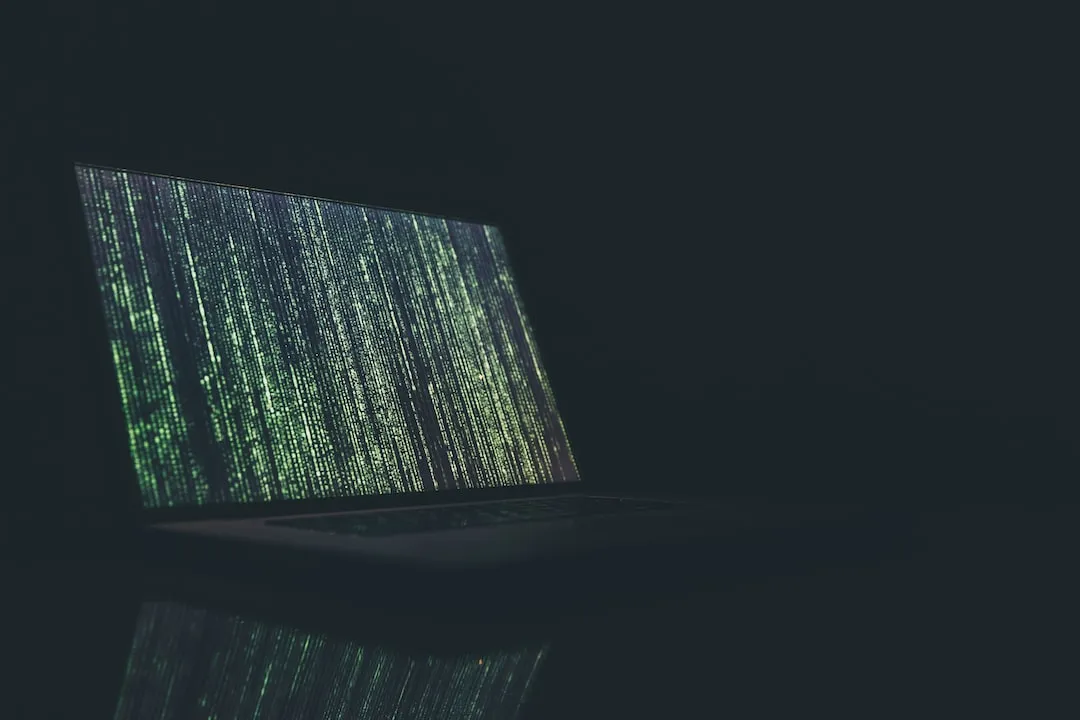Real-World Malware Incidents: 5 Lessons Learned and Mitigation Strategies
In this article, we delve into five real-life incidents of dealing with malware, as shared by CEOs, founders, and other professionals. From thwarting phishing with training and vigilance to switching to premium hosting after a hack, these leaders share their experiences and the lessons they gained from malware incidents.
- Thwarting Phishing with Training and Vigilance
- Implementing Awareness and Robust Security Measures
- Taking Proactive Measures Against Malware Disruptions
- Learning from Ransomware with a Proactive Defense Strategy
- Switching to Premium Hosting After a Hack
Thwarting Phishing with Training and Vigilance
We once faced an extensive phishing attempt targeting a majority of our staff. Thankfully, our well-trained personnel spotted the suspicious emails and raised alarms. Immediately, we reinforced our email security measures and held refresher training sessions on cybersecurity. This incident reinforced the value of continuous training and vigilance in safeguarding our organization’s digital assets.
 Alex Stasiak
Alex Stasiak
CEO and Founder, Startup House
Implementing Awareness and Robust Security Measures
Last month, our organization faced a nasty malware attack that encrypted crucial files on the server. It started with a phishing email, which an employee inadvertently clicked. We quickly realized the issue and shut down our systems, limiting the damage.
The biggest lesson we learned was the importance of employee awareness about cyber threats. We introduced regular security training sessions for our team and implemented stronger email filters to prevent similar attacks.
To mitigate future risks, we enhanced our data-backup strategy, ensuring rapid recovery in case of any security breach. Additionally, we contracted a cybersecurity firm to routinely assess vulnerabilities and keep our defenses strong. Since then, we’ve stayed diligent and incident-free.
 Naveen Malhotra, Project Delivery Manager, Gleexa
Naveen Malhotra, Project Delivery Manager, Gleexa
Taking Proactive Measures Against Malware Disruptions
At our game-development company, we once experienced a malware attack targeting our game-development tools. An employee opened an attachment in an email that appeared to be from a trusted source, Google Docs, and unknowingly launched malware into our system. This incident disrupted our workflow and resulted in missed project deadlines.
We realized the importance of ongoing cybersecurity training for all employees. After the incident, we took a defense-in-depth approach, implementing multiple layers of defense. One of our key strategies was regular backups to ensure data was accessible even in the face of such threats. We also improved our email-filtering system to prevent the delivery and distribution of malware.
This experience was a stark reminder that as technology evolves, so do the threats. Being proactive, informed, and having a solid response plan in place is essential in today’s digital age.
 Nicolas Vincent
Nicolas Vincent
Business Development Manager, RetroStyle Games
Learning from Ransomware with a Proactive Defense Strategy
We once faced a ransomware attack that encrypted vital project files. The shock was a wake-up call. Our quick response involved isolating affected systems, avoiding ransom payment, and restoring from backups. Lessons learned are to regularly update software and OS, maintain offline, up-to-date backups, and to conduct cybersecurity training for staff.
Post-incident, we invested in advanced endpoint protection and incorporated multi-factor authentication. Regular threat simulation exercises were also introduced to stay vigilant. The experience underscored that a proactive defense is always better than reactive measures.
 Matthew Sims
Matthew Sims
Personal Injury Lawyer, Rapoport Weisberg & Sims, P.C.
Switching to Premium Hosting After Hack
My website was hacked three years ago when I was using a budget hosting service provider. The customer service was not expedient, so I would wait two to three days for each support email to reply back to help me understand what was going on.
Because of this, my website was effectively down for about two full weeks while I was trying to identify the problem because of the back-and-forth emails. After this hack, I switched to a premium hosting service that is known for its quick and effective customer service. I also paid for a third-party security service that scans my website regularly for any malicious activity.
It’s really a small price to pay to either avoid a hack altogether or to “put it out” quickly and avoid another two-week traffic and profit loss.
 Kristine Thorndyke
Kristine Thorndyke
Founder, Test Prep Nerds
Submit Your Answer
Would you like to submit an alternate answer to the question, “Can you share a specific incident of dealing with malware in your organization and the lessons learned from it, along with the strategies employed to mitigate future risks?”

Leave a Reply